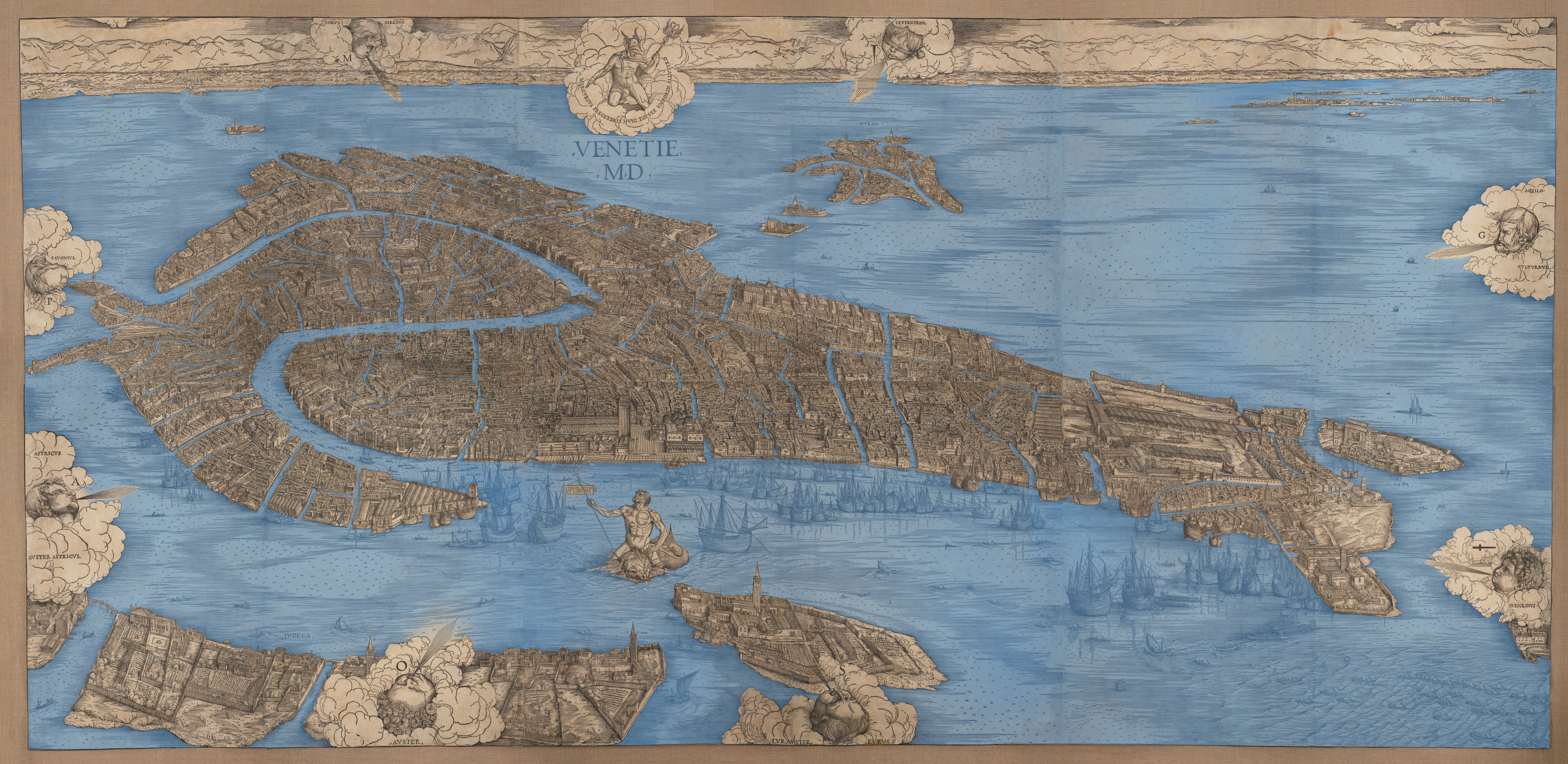Myth and Anti-Myth, by Saundra Weddle
Myth and anti-myth
By Saundra Weddle
Venice was for centuries known as La Serenissima, The Most Serene Republic, a name that references the city’s independence, stability, harmony, and beauty, an ideal republic of liberty and piety. John Martin and Dennis Romano effectively trace the ways in which the myth was either embraced or rejected by historians during the last two centuries and more, acknowledging the existence of a counter-narrative, an anti-myth that viewed the city and its culture as elitist and restrictive.[i]
The myth functioned like a self-fulfilling prophecy for Venice, and its architecture and urban development served as a kind of built rhetoric that reinforced it. Piazza San Marco and its monuments evolved over time into an orderly urban room where civic identity could be enacted and celebrated. The city’s diversity was largely masked by the coherence of the built environment.
Maintaining civic and economic order was of critical importance in Venice. In times of crisis, it was predictable that the city government would move to tighten its control of those who were blamed for creating instability or worse, angering a vengeful God who punished the city for their perceived immorality.
[i] John Jeffries Martin and Dennis Romano, Venice Rediscovered: The History and Civilization of an Italian State (Baltimore: Johns Hopkins University Press, 2002).
